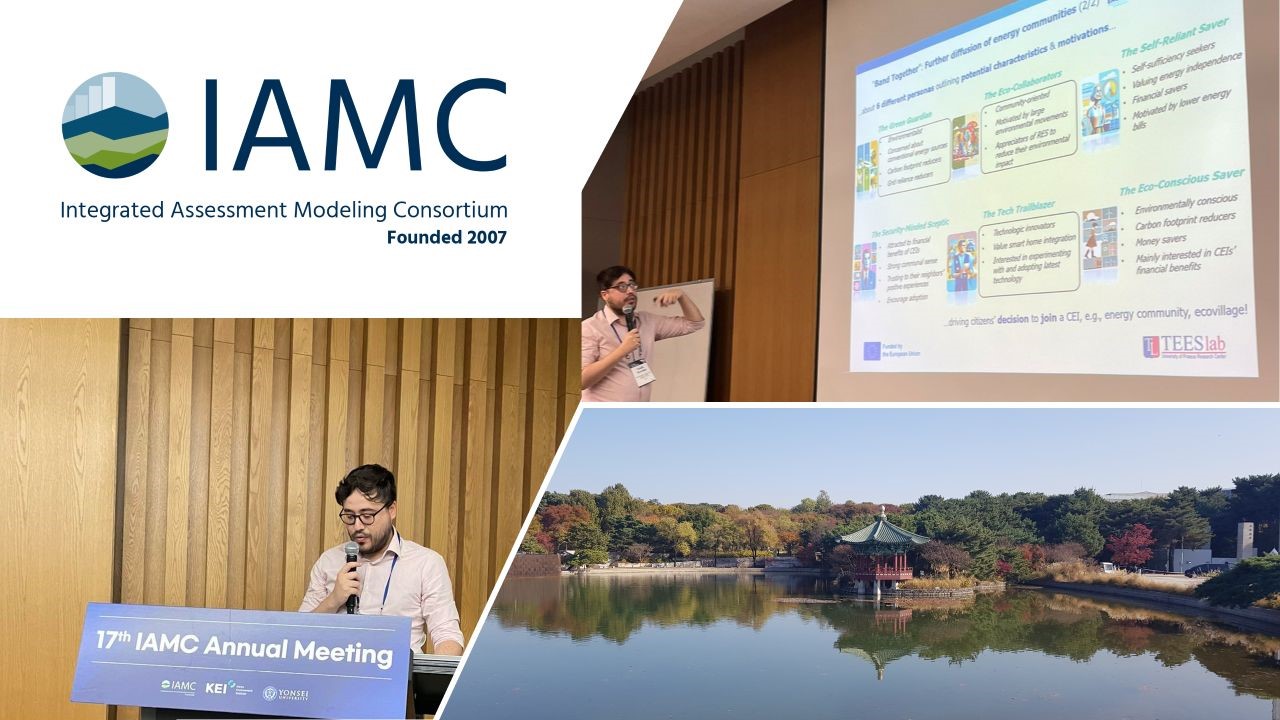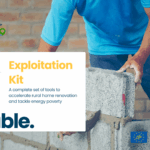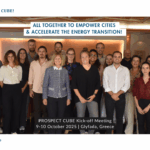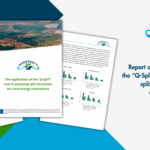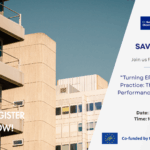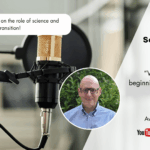After two incredible days at the 17th Integrated Assessment Modeling Consortium (IAMC) Annual Meeting filled with insights in the field of Integrated Assessment Models (IAMs) and networking opportunities between different institutions, we are happy to dive into the presentation of our team at Day 3. If you are interested in learning more about our contributions from Day 1 visit here!
During the 3rd day of the conference, our colleague Dr. Vassilis Stavrakas presented the study entitled “Decarbonisation Pathways of Energy Citizenship: How citizens can contribute to the energy system in different ways and their impacts”. This presentation summarised findings of several modelling studies and applications, as conducted in the context of the European Commission-funded Horizon 2020 and Horizon Europe projects ENCLUDE and IAM COMPACT, about the decarbonisation potential of different manifestations of energy citizenship at different scales of analysis.
More specifically, Dr. Stavrakas’ presentation shed light on findings from an interdisciplinary multi-model journey, which comprises:
- A framework for transformative scenario design, which couples “people-centred” storylines based on social innovations of energy citizenship with “future-world” narratives based on the Shared Socioeconomic Pathways (SSPs).
- Driving factors and citizen personas in support of the further diffusion and growth of Collective Energy Initiatives, like energy communities and ecovillages, in Europe by 2030, using the grassroot innovation diffusion model ANIMO.
- Citizen-led transitions towards justice and inclusivity, and the “green” rebranding of a Coal and Carbon Intensive Region into a city of the people, by the people, for the people, using the dynamic high-resolution demand-side management model DREEM.
- “Power to the People” transitions by 2050 in different European Union’s cities, empowering prosumerism and citizen investments in small-scale photovoltaic and storage systems, using the agent-based technology adoption model ATOM and the dynamic high-resolution demand-side management model DREEM.
- Combining “Power to the People” with “People to the Streets” storylines towards citizen-preferred and 100% renewable-based national energy systems using the OSeMOSYS-GR model- a country-specific implementation of the OSeMOSYS modelling framework for the case of Greece.
- Decarbonising the transport and the residential sectors in Western Europe by 2050 under different “people-centred” storylines, using the Integrated Assessment Model (IAM) IMAGE.
Find the full presentation here.
Find more about our studies here.

